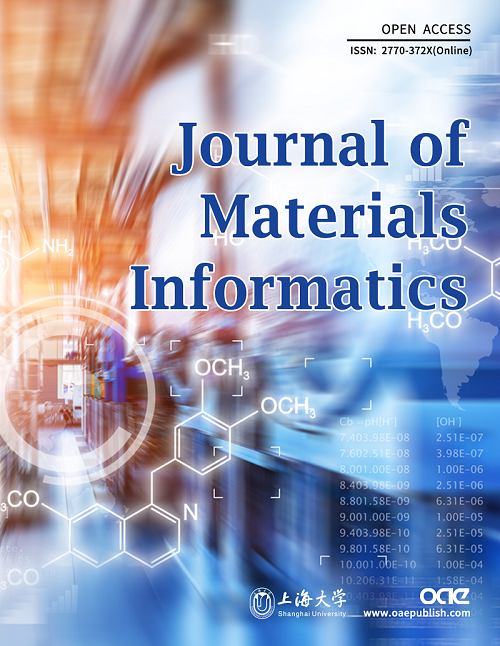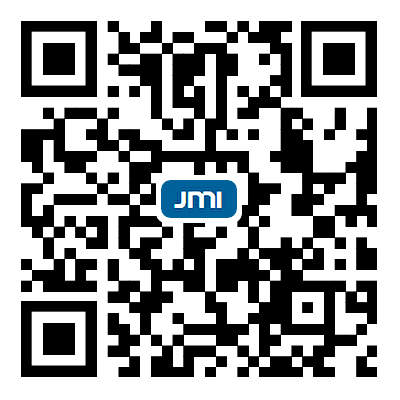Quantification and rating of casting blowhole defects using instance segmentation algorithm
Abstract
Casting blowhole defects seriously affect product quality and performance. Accurate detection, segmentation, and measurement of these defects are essential for quality control. To solve problems such as the varying sizes of blowholes in castings, segmentation uncertainty caused by texture overlap, and the subjectivity of manual rating, this paper proposes a rating strategy for casting blowhole defects based on image instance segmentation results. In the preprocessing stage, contrast-limited adaptive histogram equalization is applied to enhance defect features. The YOLOv8, YOLOv11, YOLOv13, and semantic segmentation models are compared, and YOLOv13 is chosen as the main model for segmentation. Its mAP50 value reaches 0.964, showing the best performance. Based on the segmentation results, the pixel area and percentage of the segmented regions are calculated. The actual defect size is then converted using the practical sampling area, and the rating is performed according to the GB/T 11346-2018 standard. Validation through manual measurement in Photoshop and physical sectioning confirms that the proposed strategy reduces the maximum error by 17.1% compared with traditional manual rating. The method significantly enhances the automation and accuracy of blowhole defect rating and provides reliable technical support for casting quality control.
Keywords
Defect rating, instance segmentation algorithm, defect detection and segmentation, blowhole defects
Cite This Article
Duan Z, Pan Y, Hou H, Zhao Y. Quantification and rating of casting blowhole defects using instance segmentation algorithm. J Mater Inf 2025;5:[Accept]. http://dx.doi.org/10.20517/jmi.2025.77












